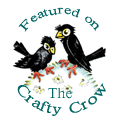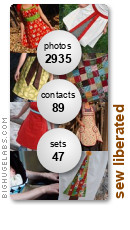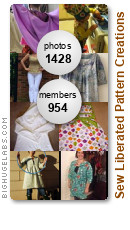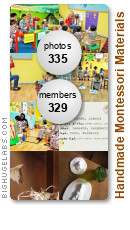A Room (okay, corner) Of My Own
Wouldn't you want to make things all the time if you had a space like this? I can't begin to tell you the impact this little studio has had on my desire and ability to create. I wanted to share with you some photos of the nearly complete space: My sincere apologies for the coca cola red on the wall. It's the only shade of red that's available here in Creel, Mexico, and it is a vast improvement on the hunter green and dirty pale pink that was there when we moved in last year. It does look a bit better in person.
My sincere apologies for the coca cola red on the wall. It's the only shade of red that's available here in Creel, Mexico, and it is a vast improvement on the hunter green and dirty pale pink that was there when we moved in last year. It does look a bit better in person.
The studio is equipped with a handmade spool holder (made with an thrift store frame and small nails,) fabric shelves, a fabric covered cork peg board, a handmade sewing machine cover, a hand sewn shoe pocket that I use for storage of projects in progress, and two beautiful wooden chests made right here in Creel.
I also designed a roll-up ironing mat. I hate ironing boards. They are ugly and take up too much space. Here is my fat-cat-sized alternative.
 And a hand-sewn straight needle case. The coordinating circular needle case has yet to be made, along with some pouches for holding ribbon and trim.
And a hand-sewn straight needle case. The coordinating circular needle case has yet to be made, along with some pouches for holding ribbon and trim. There are a few obligatory "just because" objects for decoration, like this pointy kitty that I made from a free pattern available for download at Wee Wonderfuls. A goofy picture of my mom, my original sewing muse, is another.
There are a few obligatory "just because" objects for decoration, like this pointy kitty that I made from a free pattern available for download at Wee Wonderfuls. A goofy picture of my mom, my original sewing muse, is another.
And something very dear - my great-grandmother's button bucket, passed down through the women in my family. Right now it's holding watering indicators in progress, but as soon as my new supply of buttons from Craft Connection arrives, they will have their special spot.
I highly recommend putting together some kind of permanent creative space in your home/apartment. Check out the Flickr group "Craft Rooms" for more inspiration. I spent several weeks researching and planning my ideal space, which is an essential part of the process. Think about what you need in terms of storage, and how easily accessible you need certain items to be, like your sewing machine, and iron. Then think about putting it together within your budget. Hand-make as many items as you can, and take a jaunt down to the thrift store to find other essentials such as buckets, frames, old chairs, etc. The point of a creative space is not to come out with it looking like a Pottery Barn buy. Tailor it to your own needs, budget, space, and style. Once you have a corner of your own, there will be nothing to stop you from unleashing your creative juices!




















































